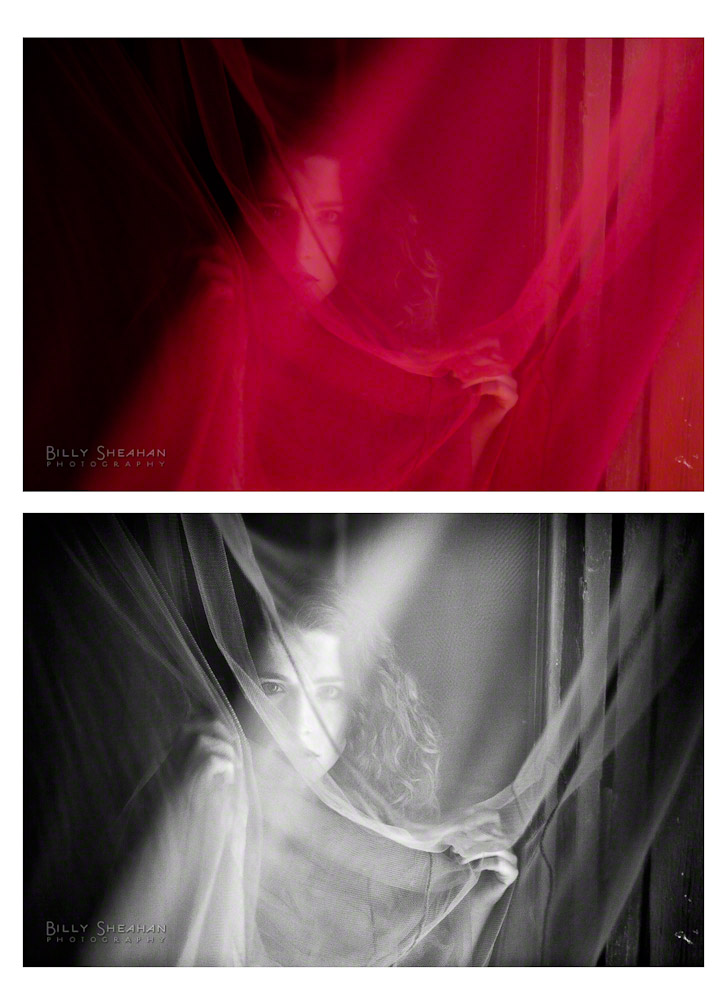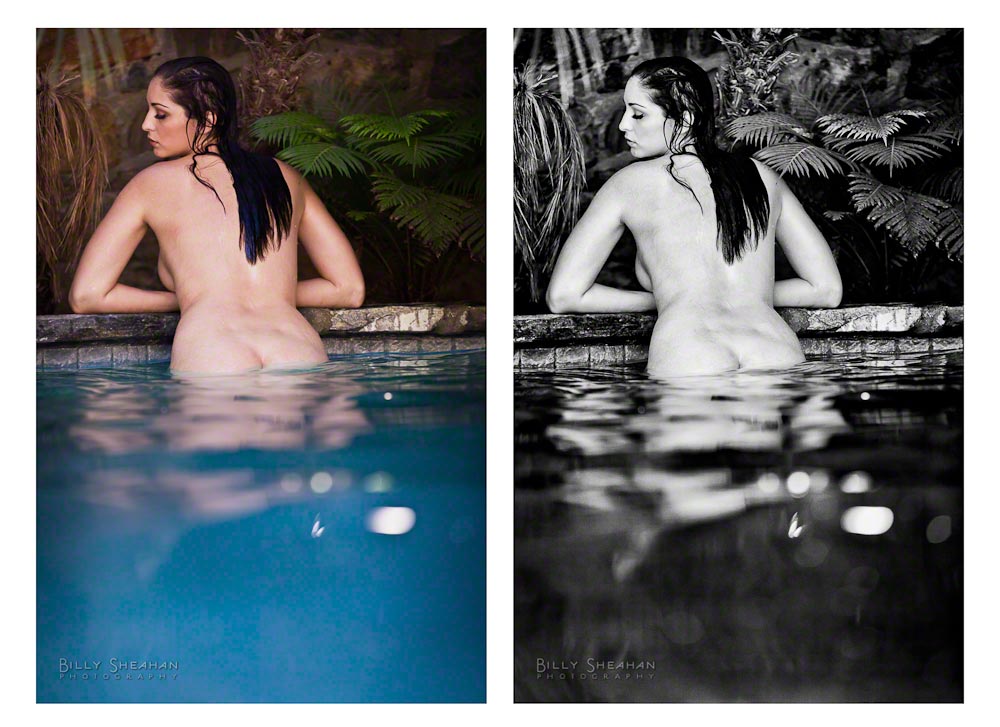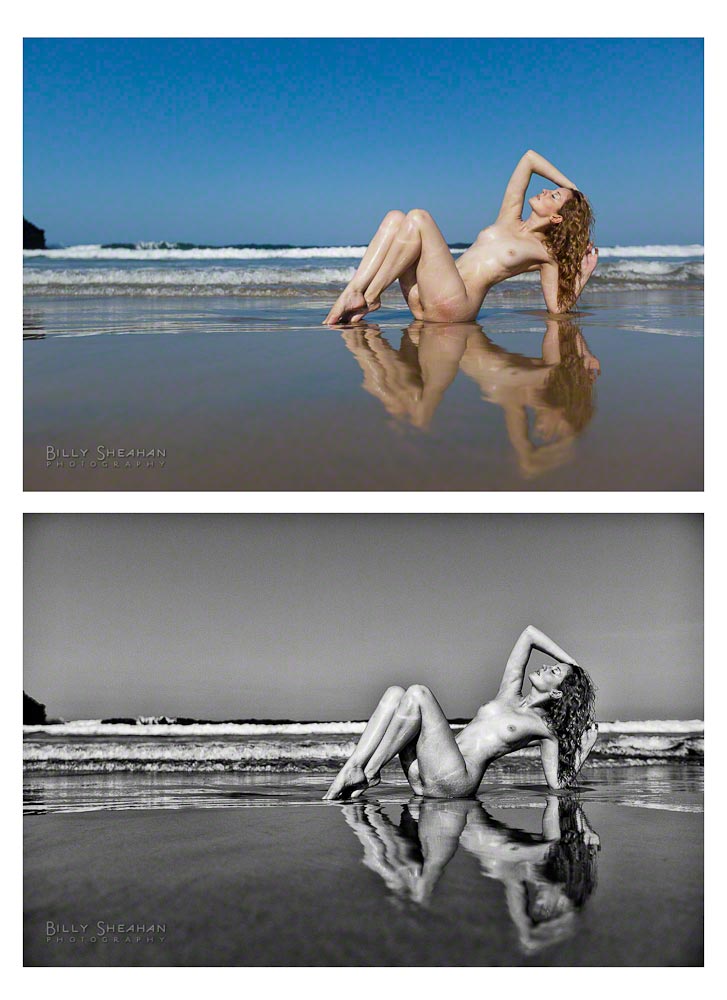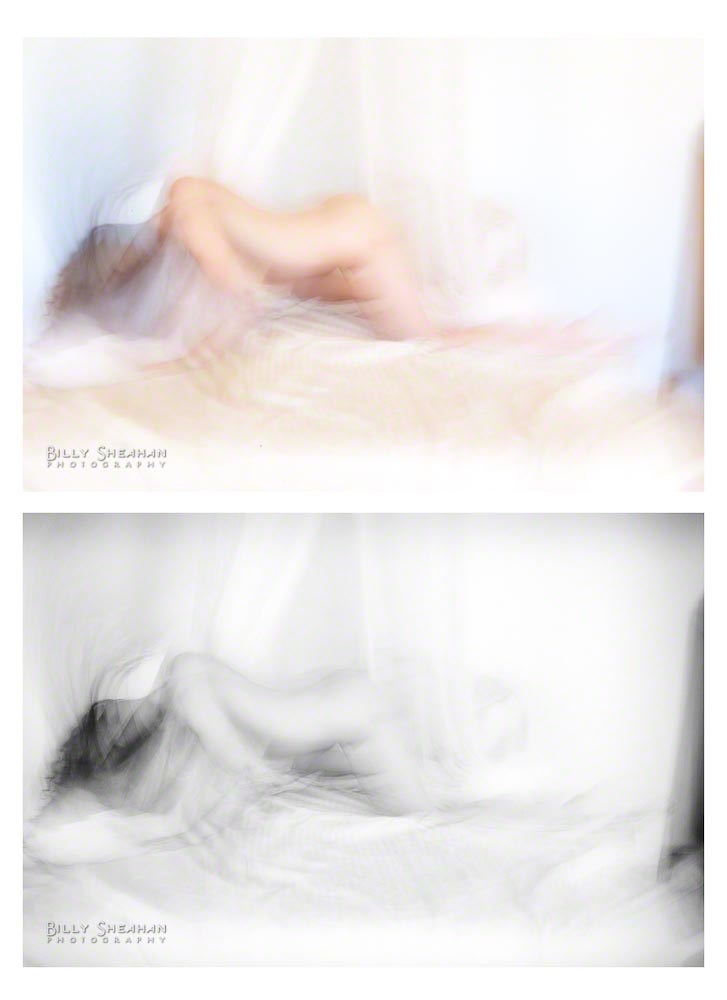This is part twenty in a series of blogs on my artistic adventures in Todos Santos, Mexico late last year.
Sorry it’s been a while. Alright. Where were we?
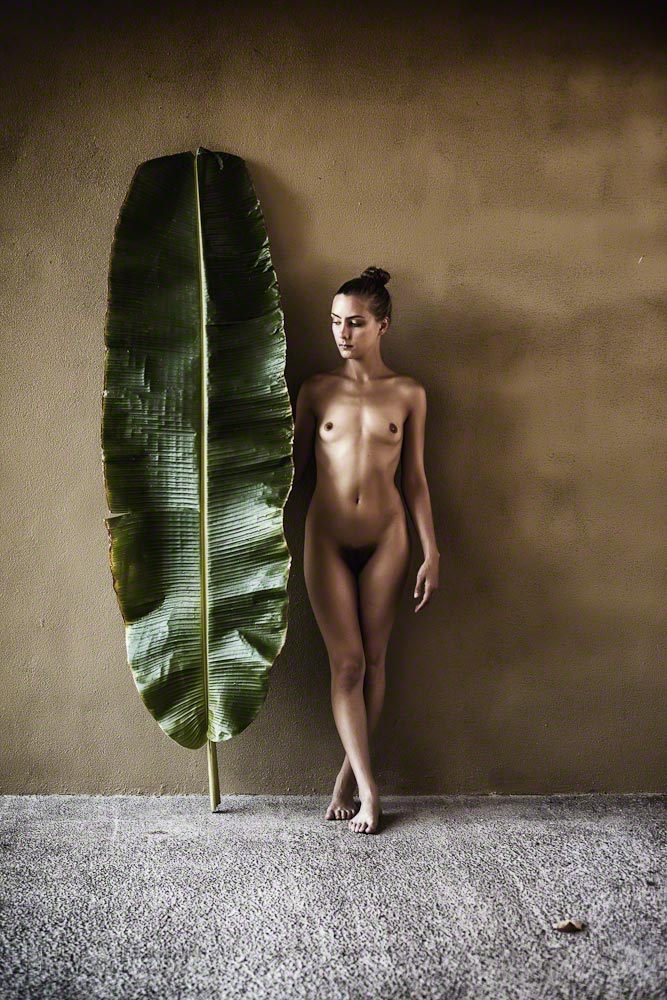
I had been photographing the lovely models of ZoeFest X for almost a week and somehow I had managed to photograph all but three in a fairly short amount of time. Sometimes three shoots a day in the hot Todos Santos sun. No complaints from me, however. Every shoot was unique and special in its own way. Creatively very rewarding.
Now it was time for my collaboration with Brooke Lynne . I first spoke with Brooke about shooting at the getting-to-know-you party at Casa Dracula the night we all arrived. Brooke has a reserved quiet quality about her. She’s also got a wicked fun side and she’s a self admitted nerd of the best kind, but if you want to experience it, you have to put your time in and be patient. It’s worth the wait.
I can’t say exactly what caused me to hone in on her that very first night. I’m usually pretty good a sizing people up, especially the ones that aren’t the life of the party. I know there’s something special there. They’re not in the spotlight… yet. But I got a feeling that when it would be her turn in front of my camera, I would experience something unlike I had experienced with other model shoots in my career. I can’t explain why. I don’t understand it myself. I just seem to be good at knowing these things.
I’ve had a long standing rule about shoots. If it’s a commercial shoot, everyone has to show up and put on their game face. Whether they’re under the weather, relationship unpleasantness or other personal mishaps, we’re all professionals and everyone puts aside any issues and we get the job done.
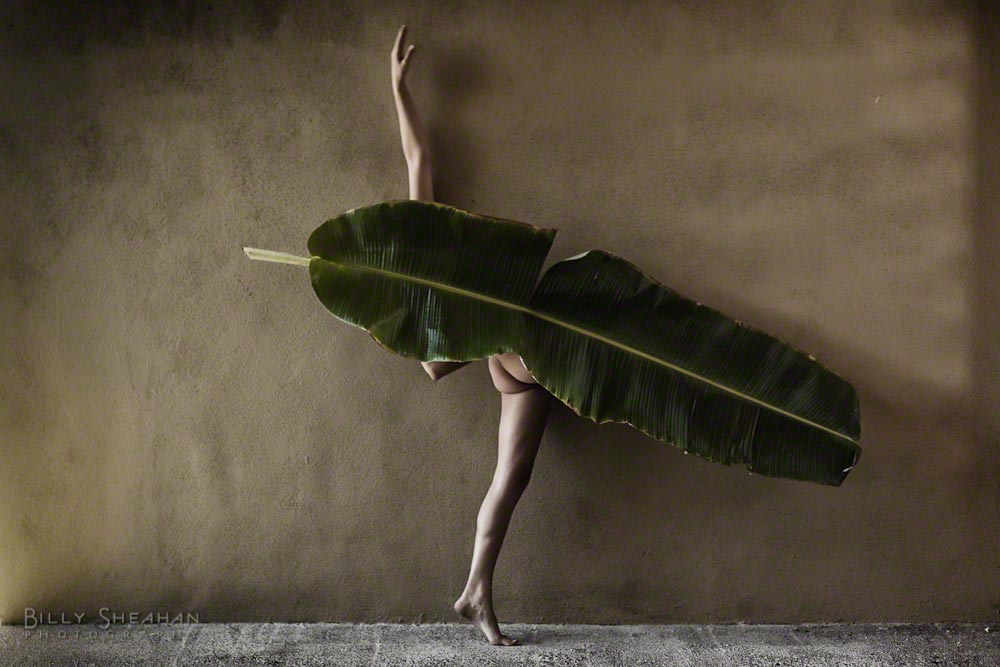
However, when we’re creating art, taking something in our imaginations and turning it into a photograph, there is a certain level of being in the right creative space that is very necessary to make something extraordinary. Creativity is not something you turn on like a light switch. It takes a bit of nurturing. If either my model or I happen to be having a bad day, I can see it in the photos. They’re not bad, especially if I’m working with a model at the level of everyone at ZoeFest, but it’s harder to go from great to amazing if we’re not both in the zone.
Brooke and I had originally scheduled our shoot for a few days earlier, after I photographed Meghan at the dam. But when I returned to the Hotelito to drop Meghan off and get ready for Brooke, I found her in the living room, curled up in a chair, looking lovely as always, but I could see in her face she wasn’t feeling it.
So I called an audible. “Hey Brooke, how are you doing?”
“I’m okay,” she softly replied.
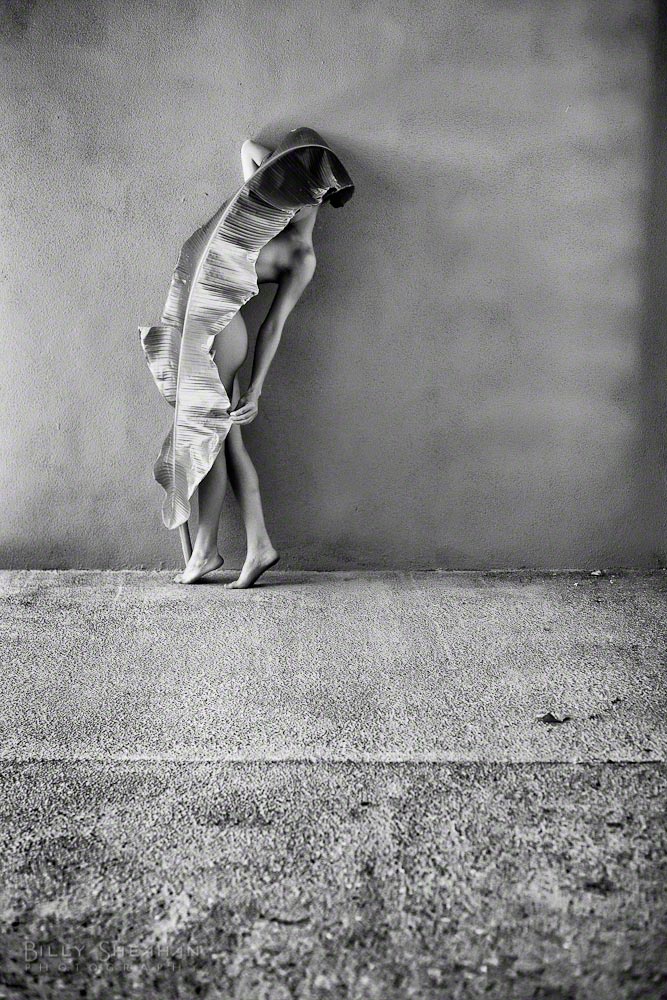
I thought for a moment.
“Tell you what,” I said, “Sometimes today isn’t the day, you know? And I know everyone is going to see the baby turtles tonight right around the time we were planning to shoot. Do you want to maybe postpone our shoot for another day and just enjoy the baby turtles?”
Immediately her face lit up. “Really?”
“Sure. I have some time open on Sunday if you want to move our shoot.”
She checked her schedule and she had time on Sunday as well. Done.
It turned out to be a great decision. We all got to enjoy the turtles and it gave me a little more time to prepare something Brooke had suggested a few days earlier.
As I’ve mentioned before, my room at Todos Santos Inn was in the middle of a lush garden. Palm trees stretching up toward the sky with huge slender leaves that provided such welcome shade on hot days. Brooke had asked me if we might try something with one of the giant banana leaves.
“Do you thing you can get one?”, she wondered.
I was pretty sure I could. I had become friendly with one of the gardeners at the inn and I went about asking him how I might get a big leaf without causing undo damage to the lovely garden. I didn’t think it would be right to cut off a perfectly good leaf on my own. Perhaps he could find me a leaf that was in need of trimming.
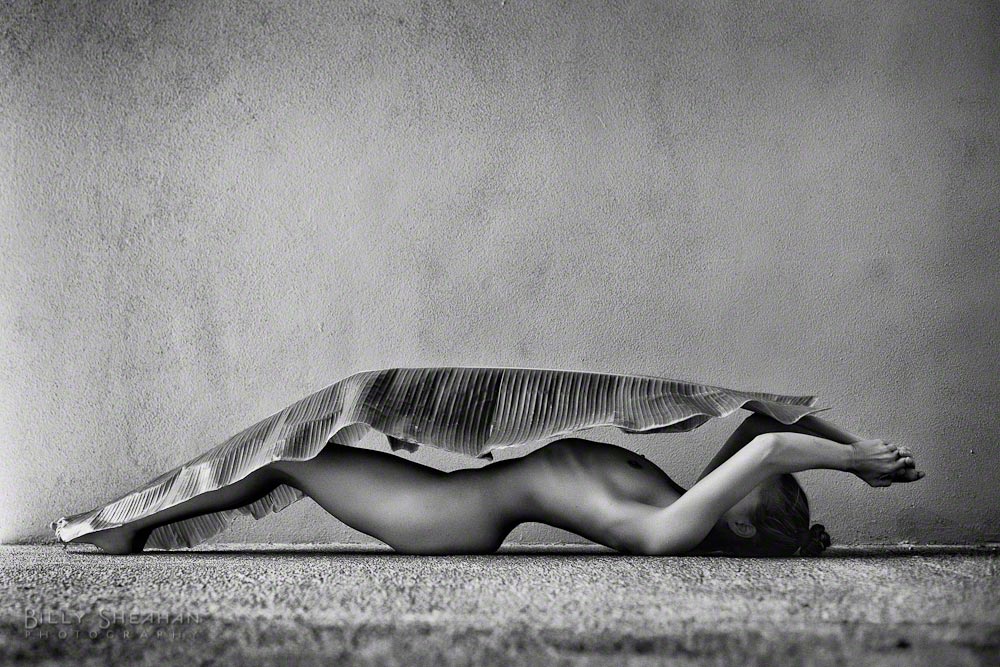
My Spanish was pretty basic and certainly lacking in gardening vocabulary, so I had to resort to broken Spanish and a lot of hand gesturing.
I raised both of my arms in front of me and made a kind of giant scissors pantomime and said, “Uno palm, por favor?” I didn’t know the word for leaf. I then made the universal taking a photo pantomime of holding both of my hands up to may face in a box shape and clicking the imaginary shutter.
“Oh, sí, sí, señor. Uno momento,” he replied and walked off toward the garden. He returned with a large menacing pair of gardening shears.
I laughed, “No, no, señior. The leaf. Uno leaf.” I grabbed the edge of one of the giant banana leaves, trying desperately to make up for my language inadequacy.
He smiled. “Ah, sí.” And he grabbed the leaf as well.
“Mañana?”, I asked, thinking it might take him a bit of time to find me a leaf that was out of sight or nearing the end of it’s life. I really didn’t want to deforest the lovely garden.
He nodded. “Mañana.”
“Gracias.”
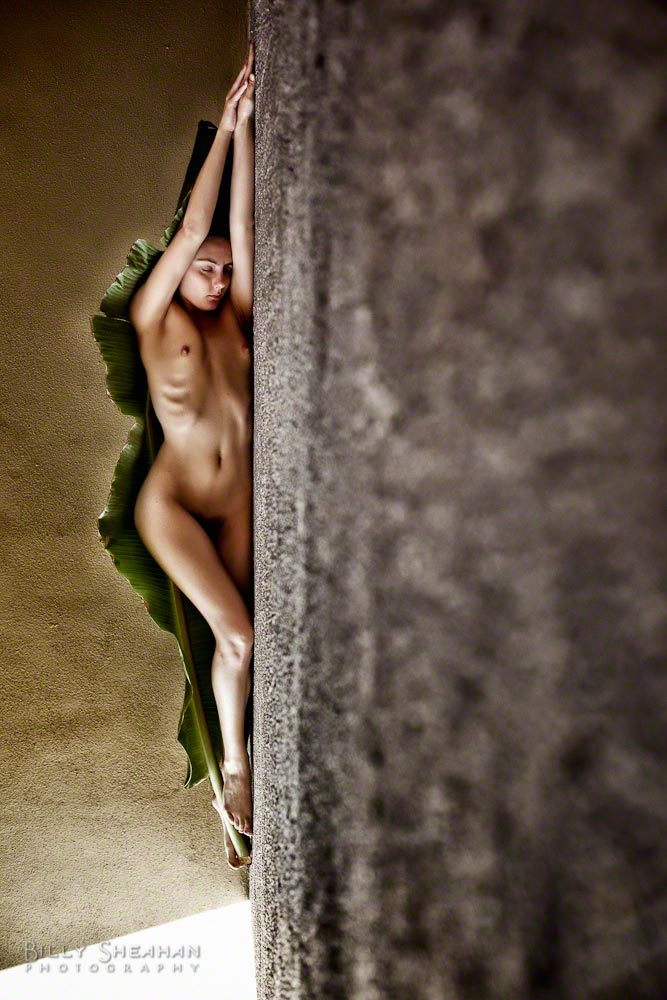
Sure enough, when I woke up the next morning, right outside my door was a giant seven foot tall single banana leaf. Perfecto!
I barely managed to get the enormous thing in my rental car without bending it, but I did. It basically was my passenger for the short drive over to the Hotelito to see Brooke.
I knocked on the main door. “Brooke? I have a surprise for you!”
She opened the door and I walked in with the massive leaf.
“Oh! This is wonderful!”, she exclaimed. “Where did you get it?”
I explained my little story with the gardener and we agreed we were going to have fun with this.
“How about we find a bit of shade to shoot in. Brooke was completely on the same page. “Yes, shade would be excellent.”
We found a wall in the outdoor courtyard that the sun hadn’t reached yet and decided it would be perfect. A simple little texture, but Brooke and her new leaf friend would be the focus. Nothing else would be needed. Simplicity in composition.
I should mention at this point that Brooke is a bit of a pretzel. In the best way. She really folds herself into whatever environment she happened to be working in. Boxes, ledges, railings. She becomes part of the scene like a gorgeous chameleon.
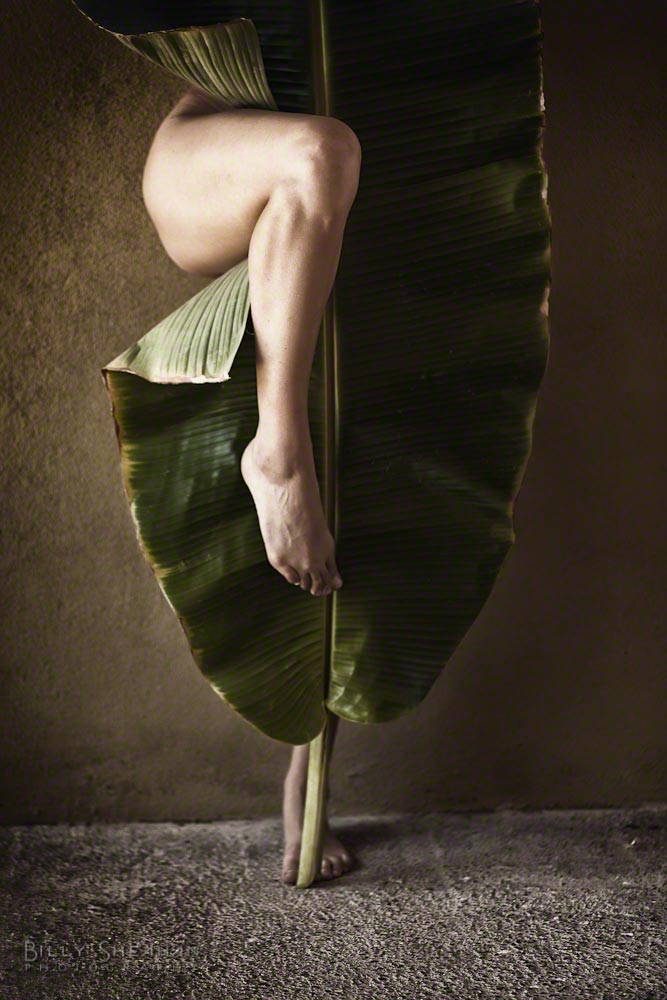
As I began to take my light readings and select a lens to begin with, Brooke investigated the leaf like it was a piece of haute couture. If there had been a three-way department store mirror, I could have imagined her holding it up in front of her like a designer dress. She rehearsed standing in front of it. Behind it. Wrapping herself up in it. She was playing and it was incredible to watch her figure it out.
We were both in the zone. Well worth the slight postponement from the other day.
We began the shoot working vertically, with the banana leaf and Brooke both standing as she evoked a bit of a fan dance. Limbs springing forth from behind the leaf in surprising ways as I composed my photographs. We were off to a great start.
We took a moment to review of a few of the frames and both wildly happy with our beginnings, we decided to change it up a bit.
“Let’s try some with you on the ground with the leaf,” I suggested. I got on the ground with her, shooting along the cement patio floor at the same level as Brooke and watched her continue to experiment, this time horizontally. Even though she couldn’t see what I was seeing, it was amazing how she was able to contort her body to follow the lines of the leaf with very little direction from me. Occasionally I would tell her to arch or stretch to get her body and the leaf lined up, but only occasionally. She’s just that good.
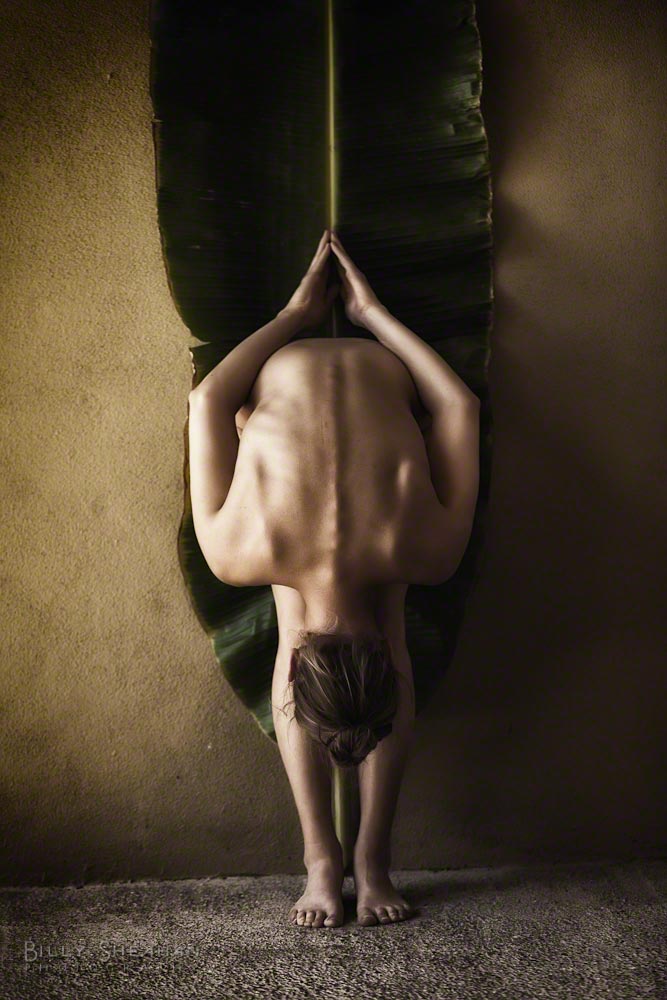
Finally I moved a bit closer and made tighter compositions. And Brooke found more interesting ways to work with her new green friend. All the while balancing on one foot while holding the leaf in position. Not as easy as it looks, I can tell you.
I hadn’t yet exactly given Brooke the opportunity to do her pretzel thing, which she’s so good at. But towards the end of the shoot we decided to have her work in front of the leaf and bend herself forward in her trademark style. She has such beautiful balance and symmetry when she does that. A real joy to see as a photographer.
After a few hours we both knew what we had accomplished what we had set out to do. It’s such a great feeling when you see an idea make its way from a fuzzy vague vision in your head to a photograph. We reviewed a few more images from our collaboration and then took some time to unwind in the beautiful Mexican sun.
We talked about art and life and travel. All of those wonderful things I love to discuss with anyone I’m working with. Brooke has such a soulful quality about her. Sometimes quiet, always observing. Really taking in her world at any given moment.
She told me she was preparing for a two month stay in Paris for a few months, working as an art model. I was at the same time both jealous and thrilled for her. She’d be perfect in Paris. Finding inspiration in a city full of inspiration.
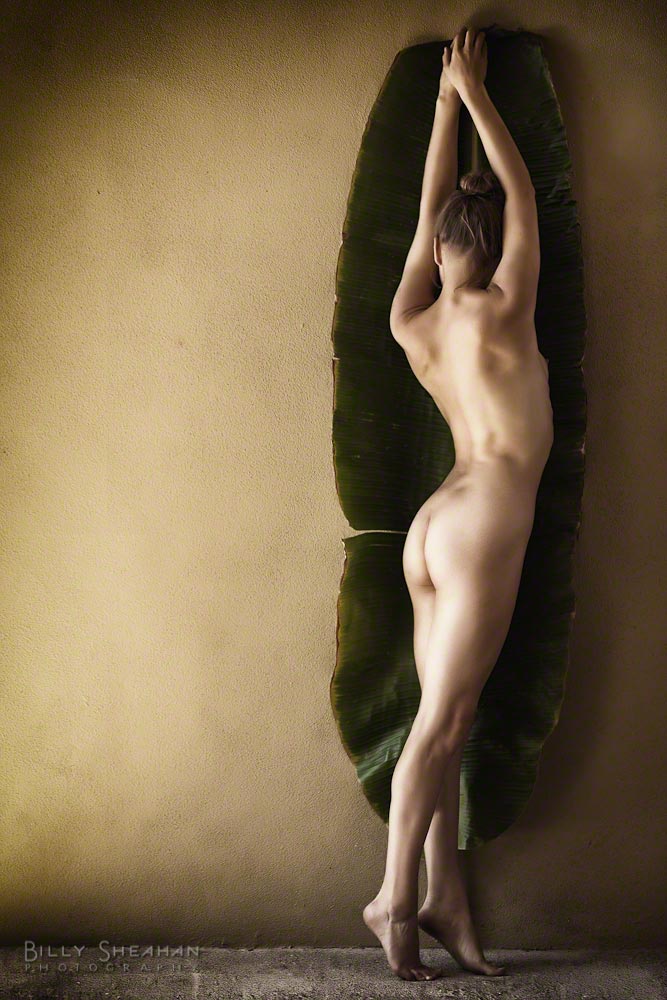
Our post shoot conversation was a wonderful afterglow to an inspiring shoot. I always find my photographs of people who I have spent some time with always have a little extra special sauce in them. It’s not that I can’t simply appreciate the external beauty of my subjects, because I do, certainly with all of the ZoeFest models I had the pleasure of photographing. But I really believe that if I understand a model’s point of view, where she’s coming from, what she’s about, that always helps me capture a more meaningful representation of who she is.
I packed up my camera gear, wished Brooke a pleasant day and walked out of the Hotelito courtyard with the biggest smile on my face. My collaboration with Brooke and the Big Leaf was so well worth the brief wait. It certainly was better than showing up with a large pair of garden shears, although I’m sure she would have found something creative to do with those as well!
My next shoot was scheduled in a few hours with the lovely Anne Duffy and I was in the perfect creative space and looking forward to finding another round of inspiration with her. I drove off down the dusty road toward Casa Bentley.
